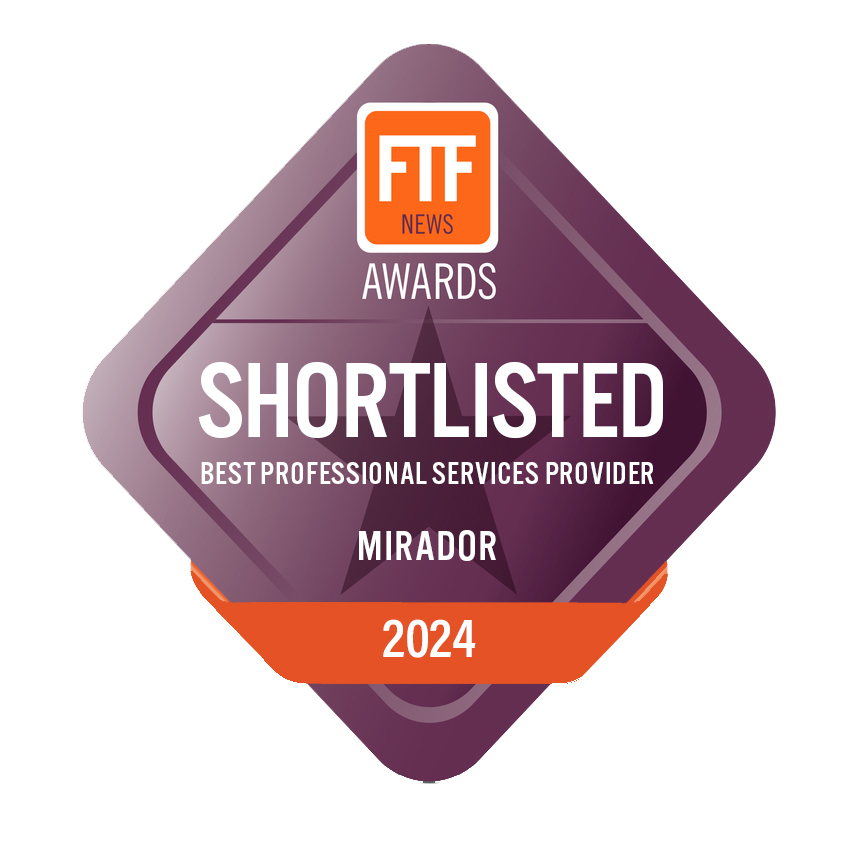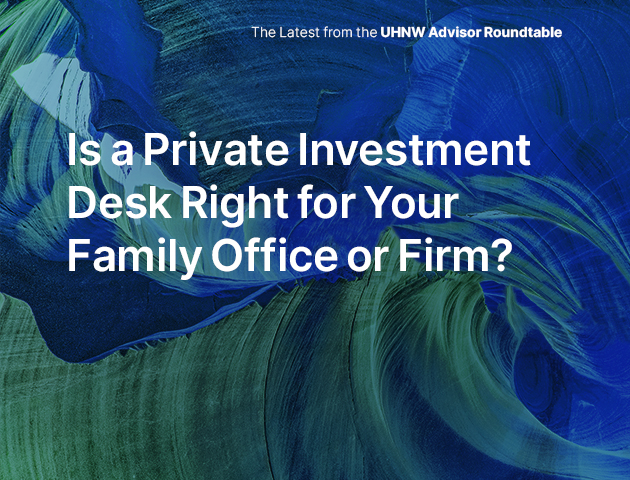Thought Leadership / In The News / CircleBlack, Commonwealth, Mirador And Goldman Discuss Wealthtech
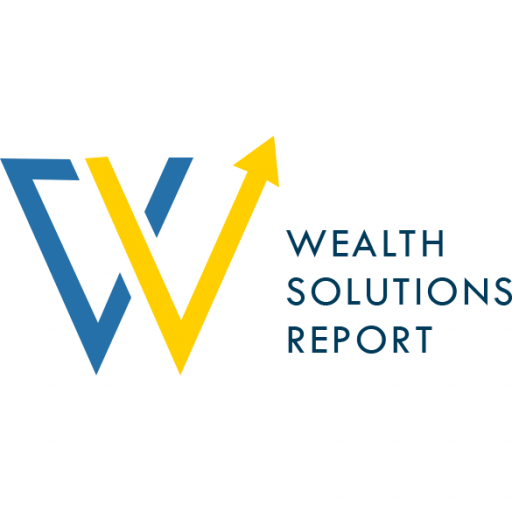
Written by JULIUS BUCHANAN
On the third day of the T3 Conference, I discussed a range of issues with leaders across wealthtech, including Silicon Valley Bank and the potential of the wealthtech ecosystem with CircleBlack, how to please advisors and generate good client experiences with Commonwealth, how to help advisors with technology fatigue and bridge the alternative investments data gap with Mirador and how Goldman Sachs plans to compete in the wealth management custodian space.
Bank Risk And Unlocking The Potential Of The Wealthtech Ecosystem
CircleBlack, which integrates with most leading custodians across wealth management, announced a new integration with custodian TradePMR allowing RIAs that work with the custodian to leverage CircleBlack’s core capabilities and electronically transmit accounts to CircleBlack.
I spoke with CircleBlack’s President and CEO, Lincoln Ross, about managing risk in the wake of the Silicon Valley Bank collapse and how firms can unlock the potential of the wealthtech ecosystem.
Ross stated that at times like this, firms need to be prepared with risk assessment tools on their platform, and those tools must be updated with current account holdings daily through bidirectional integration.
He said, “In light of Silicon Valley Bank and other banking risks, a best practice for advisors would be to have a risk assessment tool as part of their tech stack that is updated daily with all of the client’s investments.”
Ross also pointed out that an opportunity exists in wealthtech to provide “orchestrated services that go beyond bidirectional integration and normalize data throughout an advisor’s chosen tech stack.”
In a concept similar to the “coordination” mentioned by Rose Palazzo, Ross gave as an example a family situational change that may be reflected in one system, but not necessarily another system, even though the systems are integrated. The systems must be orchestrated so that all parts of the tech stack share appropriate information and update themselves accordingly.
Ross emphasized that an orchestrated tech stack needs centralized, quality data to reach its maximum potential.
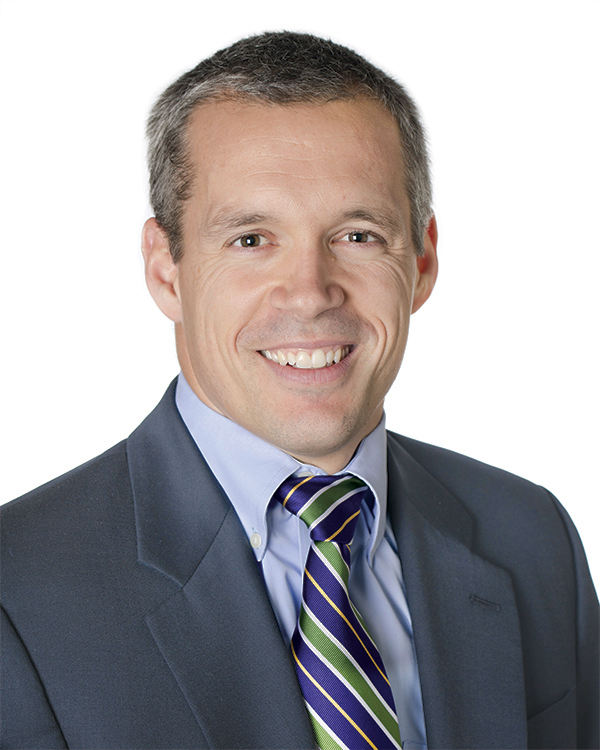
Technology Solutions
Commonwealth
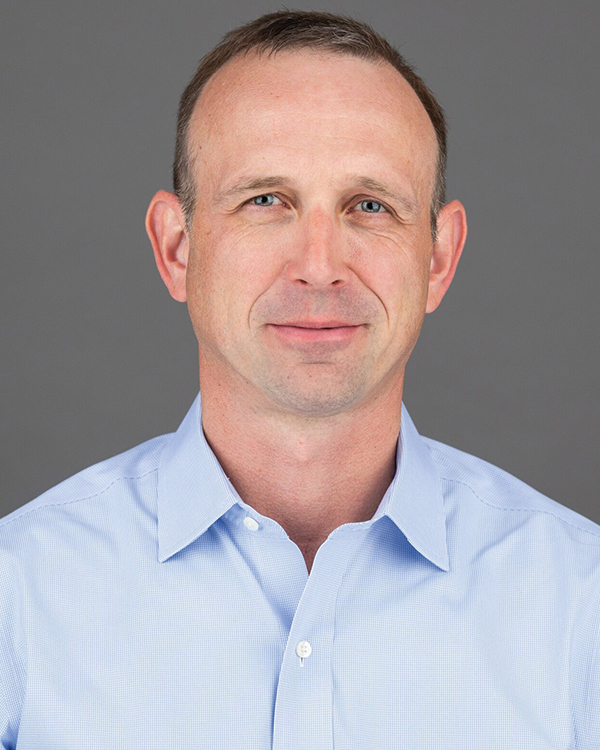
President & CEO
CircleBlack

CEO & President
Mirador, Inc.
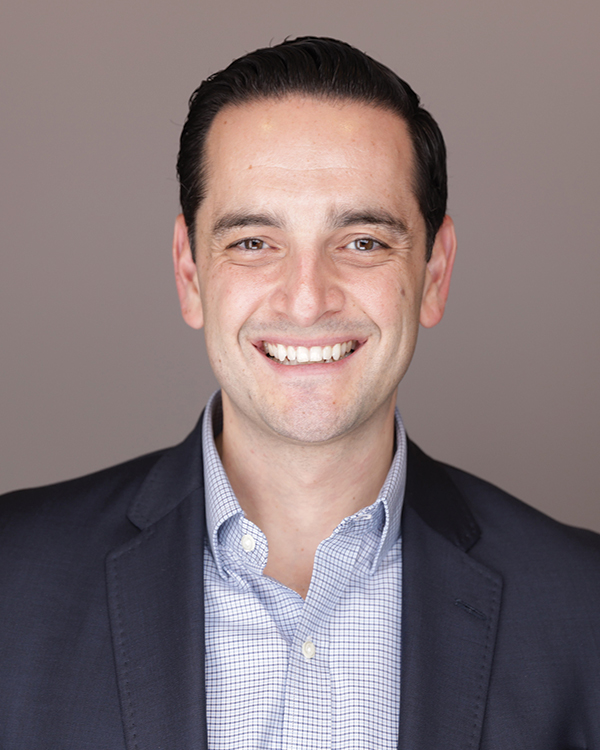
Head: Consulting & Platform
Goldman Sachs Advisor Solutions
Listening To Advisors And Improving Client Experience
With the top score among broker-dealer platforms in the T3/Inside Information Advisor Software Survey and words of praise from the “Top Gun – Building a Maverick Broker-Dealer Tech Platform” panel still fresh, I caught up with Patrick Daniel, VP, Advisor Technology Solutions of Commonwealth Financial Network, to ask how his firm solved the puzzle of seamless integration of broker-dealer and fee-based platforms – a puzzle the panelists said most firms struggle with.
Daniel said there’s “no secret sauce,” and the key for his team is “doing a good job of listening to advisors” through a feedback-based model. “We strive to be visible and accessible to advisors, their staff and practices.”
Daniel pointed out that in the past 20 to 25 years of development, his firm has emphasized integration over depth of product because seamless integration with technology is what Commonwealth advisors care most about. He also emphasized that a platform must contain maximum flexibility to serve practices that range in types of business, focus and length of time as a firm.
Daniel and I also discussed a popular theme at this year’s conference: client experience. “There’s been a significant shift in demand for advanced client experience in the past two to four years,” he noted. “Client expectations are always expanding.”
He pointed out that it’s not only the younger generation that’s advancing expectations for client experience – other generations, including seniors, have dramatically increased their comfort level with technology in recent years, leading to increased demand for client experience technology across all generations.
Technology Fatigue And Bridging The Alts Data Gap
Joe Larizza, CEO and President, Mirador, discussed “technology fatigue,” which often happens a few months to years after a newly independent advisor launches. He often sees an advisor, who has expertise in sales and client service rather than technology, take great interest in technology during the launch of the advisory firm or RIA, then lose interest six to nine months after launch.
A few years later, the cutting edge of technology has moved on, the initial systems remain incomplete, and the tech stack needs a revamp and retooling, and often a long-term outsourced CTO.
Larizza also advocates a “gateway” that serves as a centralized access point for various platforms, which “works to make it simple for users,” as well as a “golden source” for data that feeds across all applications in various platforms so that advisors only need to make “one touch of the data” rather than repetitive data entry.
In the area of alternative investments, he notes that at current an inefficient process dominates: An alternatives manager holds data, which it prints to a document, which is then extracted to create a new set of data, creating tremendous inefficiency in the process.
According to Larizza, AI performs poorly on bridging this gap, and there are two solutions at current – inserting a skilled, knowledgeable person into the process to read the data with natural intelligence, catching issues that an AI would not understand, and developing a data connection from the alts manager’s database direct to the advisor’s tech stack. Going forward, Larizza projects that we will see a mix of both solutions.
Competing In The Custodian Space
When asked how his firm plans to compete in the wealth management custodian space, Craig Cintron, Head of Consulting & Platform Integrations, Goldman Sachs Advisor Solutions (GSAS), responded that his firm sees an “opportunity to add tremendous value to advisors” though utilizing the Folio platform it purchased in September 2020.
Cintron’s firm plans to leverage its tools and services such as research, lines of credit, alternative investments and hedge funds to attract advisors serving the high net worth (HNW) and ultra-high net worth (UHNW) spaces. He emphasizes that the platform is open both from an architecture and a technology perspective and continues to develop APIs to extend integration.
Cintron says his firm will compete in three areas: choice, confidence and innovation, including providing the choice to advisors to serve HNW and UHNW clients with advanced tools and services through a single platform which, according to Cintron, are often unavailable or not readily available through other custodians.
He says that GSAS has solved the problem of long processing times in transfer of custodianship that may take weeks or months, having recently completed a transfer of 98% of a firm’s accounts in three days through a fully digital process. “I’m glad we’re one of the first to have something like this available,” he said.
Julius Buchanan, Managing Editor at Wealth Solutions Report, can be reached at jbuchanan@wealthsolutionsreport.com

 Posted by Mirador
Posted by Mirador
